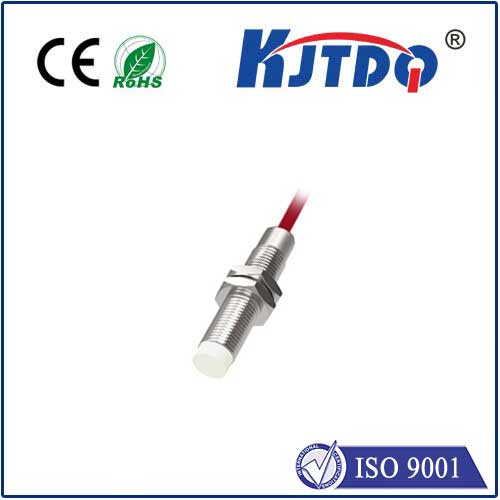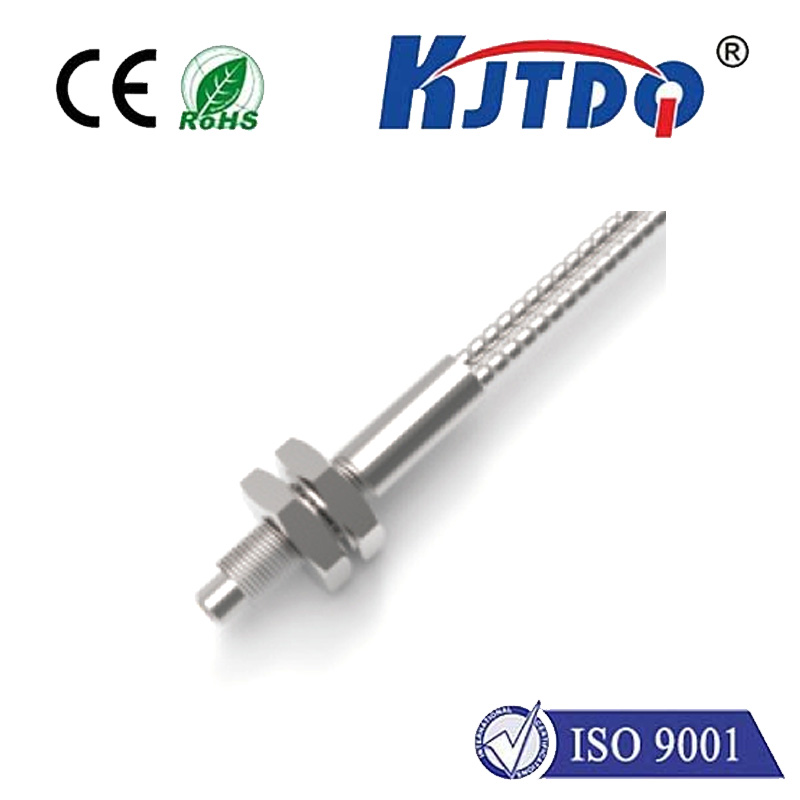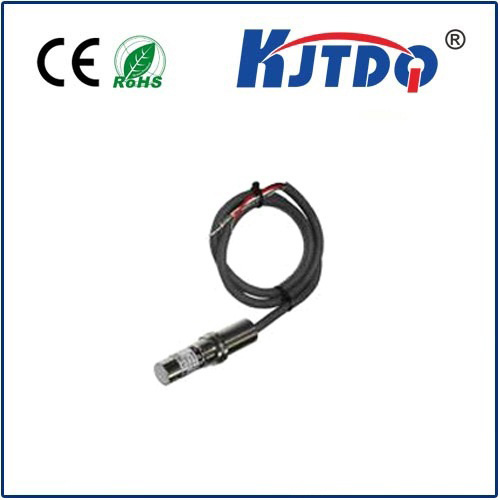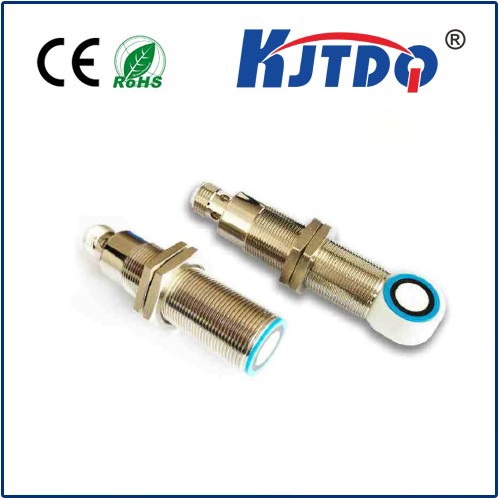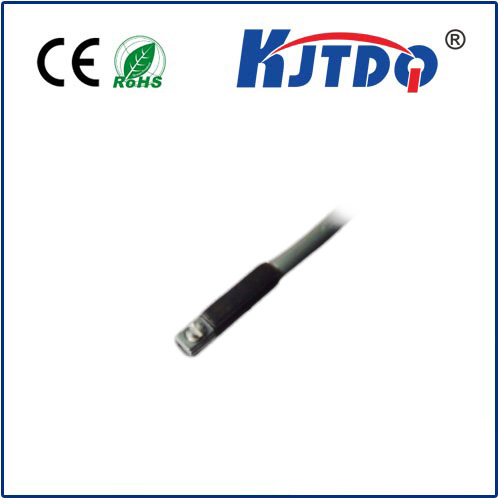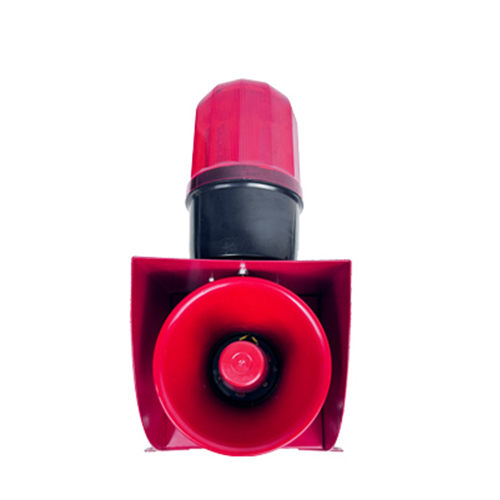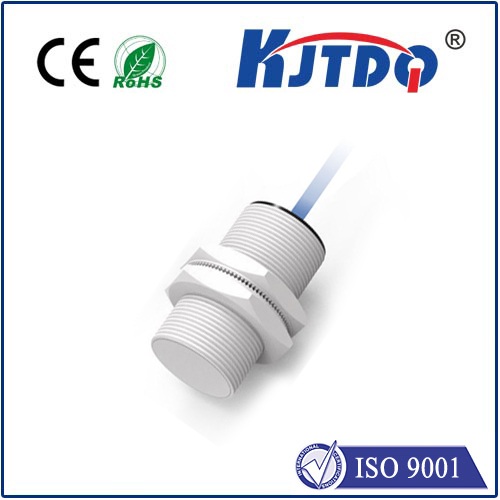photoelectric switch sensor
- time:2025-09-12 01:35:16
- Click:0
Photoelectric Sensors: The Unseen Eyes of Automation and Efficiency
Imagine a world where packages zoom down conveyor belts, perfectly sorted without human touch; where garage doors halt seamlessly inches above your car; where assembly lines flawlessly count thousands of tiny components per minute. This isn’t science fiction – it’s the everyday reality powered by a remarkable technology: the photoelectric switch sensor. These unassuming devices act as the invisible eyes of countless automated systems, offering precise, reliable, and non-contact detection that forms the backbone of modern efficiency across industries. Understanding their function and versatility is key to appreciating the sophistication hidden within seemingly simple processes.
What Exactly is a Photoelectric Switch/Sensor?
At its core, a photoelectric sensor is an electronic device designed to detect the presence, absence, distance, or specific characteristics of an object using light. It operates on a relatively simple principle: it emits a beam of light (visible, infrared, or laser) and then analyzes the light signal that returns to its receiver. Based on changes in this received light – whether the beam is completely blocked, partially reflected, or its travel time altered – the sensor triggers an electrical output signal (switching on or off). This fundamental operation makes them incredibly valuable for non-contact object detection, crucial in environments where physical touch is impractical or damaging.

The Inner Workings: Shedding Light on Detection
The magic lies in how the sensor interacts with light and the target object. Here’s the breakdown:
- The Emitter: A light source (typically an LED for visible or infrared light, or a laser diode for precision) generates the detection beam.
- The Beam: This light travels towards the target area. The characteristics (wavelength, intensity, focus) depend on the sensor type and application.
- Interaction: The target object interacts with the beam. It could:
- Completely block the light (used in Through-Beam).
- Reflect the light back towards the sensor (used in Retroreflective and Diffuse).
- Cause a change in the reflection pattern (used for detecting color, contrast, or transparency).
- The Receiver: A photosensitive component (like a phototransistor or photodiode) captures the light returning (or not returning) to the sensor.
- Signal Processing: The sensor’s internal electronics analyze the intensity, presence, absence, or time-of-flight of the received light signal compared to its baseline state.
- Output Switching: Based on this analysis, the sensor electronically switches its output state. This output signal is typically a simple digital signal (e.g., 24V DC ON or 0V DC OFF) or analog (e.g., 4-20mA proportional to distance) that tells the control system (like a PLC) that an object has been detected or a condition has changed. The switching action is the core function, turning light detection into a usable control signal.
Major Types: Choosing the Right Beam Path
Photoelectric sensors come in several primary configurations, each suited to specific challenges:
- Through-Beam (Opposed Mode):
- How it works: The emitter and receiver are housed in separate units, facing each other. The receiver detects the continuous beam from the emitter. An object is detected when it breaks this beam.
- Key Advantage: Offers the longest sensing ranges (from centimeters up to tens of meters) and the highest reliability because it only cares about beam interruption, not reflectivity. Extremely resistant to environmental challenges like dust or target color.
- Disadvantage: Requires installing and aligning two separate units, which can be more complex and costly.
- Typical Use: Detecting large objects, pallets on high-speed conveyors, safety guards, door position monitoring.
- Retroreflective (Reflex Mode):
- How it works: Emitter and receiver are housed in the same unit. A special retroreflector (like a prismatic tape or reflector) is placed opposite the sensor. The emitted beam travels to the reflector and bounces directly back to the receiver. An object is detected when it interrupts the beam path and prevents the light from returning to the receiver.
- Key Advantage: Easier installation than through-beam (only wiring one unit), still offers good sensing ranges (often meters), and is generally more reliable than diffuse mode.
- Disadvantage: Requires mounting the reflector. Performance can degrade if the reflector gets dirty or misaligned. Some shiny objects might reflect enough light to cause unstable detection (“glare”).
- Typical Use: Detecting vehicles on assembly lines, package presence on conveyors, pallet positioning, automatic doors.
- Diffuse (Proximity Mode):
- How it works: Emitter and receiver are in the same unit. The sensor relies on light diffusely reflected off the target object itself. The emitted beam hits the object, and some portion of the scattered light bounces back to the receiver. Detection occurs when the received reflected light intensity exceeds a set threshold.
- Key Advantage: Only requires mounting one unit; no separate reflector or emitter unit needed. Simpler mounting directly where the object passes.
- Disadvantage: Sensing range is shorter and highly dependent on the target object’s color, size, surface texture, and reflectivity. Dark, matte, or small objects are harder to detect reliably. Performance can be affected by ambient light or background reflections Background Suppression (BGS) technology helps mitigate this by focusing detection within a very specific distance zone.
- Typical Use: Detecting objects at close range, bottle counting on fill lines, presence detection on machinery, label verification.
- Specialized Variants: Beyond these core types, numerous specialized sensors exist:
- Focused Beam (Convergent Mode): A subtype of diffuse offering a precise, narrow detection zone.
- Distance Measuring (Background Suppression - BGS / Time-of-Flight - ToF): Use triangulation or light flight time to measure exact distance to an object, providing analog output or fixed-distance switching points. Crucial for precise positioning.
- Color Sensors: Detect specific colors based on reflected wavelengths.
- Contrast Sensors: Detect differences in contrast or labels.
- Luminescence Sensors: Detect materials that glow under specific light.
Where the Light Leads: Ubiquitous Applications
The versatility of photoelectric sensors makes them indispensable across countless sectors:
- Material Handling & Logistics: Detecting packages, pallets, boxes on high-speed conveyors; triggering sorters; controlling automated storage/retrieval systems. Through-beam excels here.
- Packaging: Ensuring product presence in boxes; verifying cap, label, or tamper seal application; counting items; controlling filling levels. Diffuse and retroreflective are common.
- Automotive Manufacturing: Detecting vehicle bodies on assembly lines; ensuring correct part placement; monitoring robot paths; controlling paint booths; testing components.
- Food & Beverage: Detecting bottles, cans,







